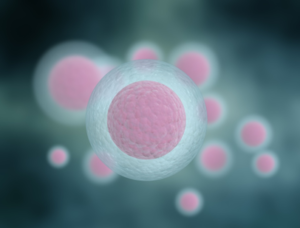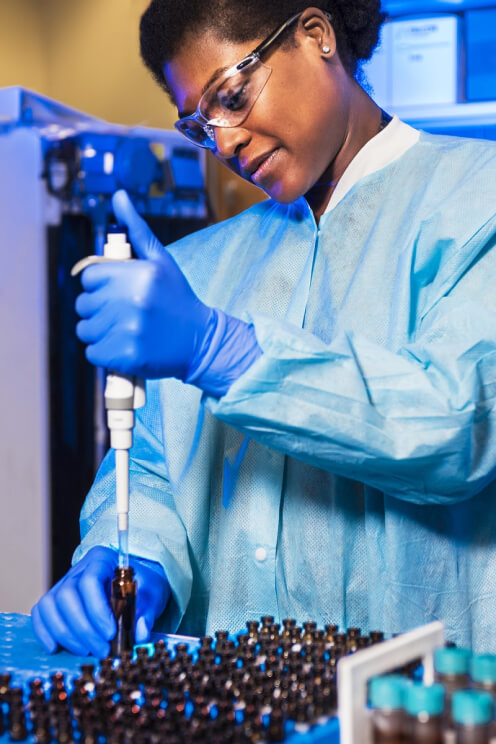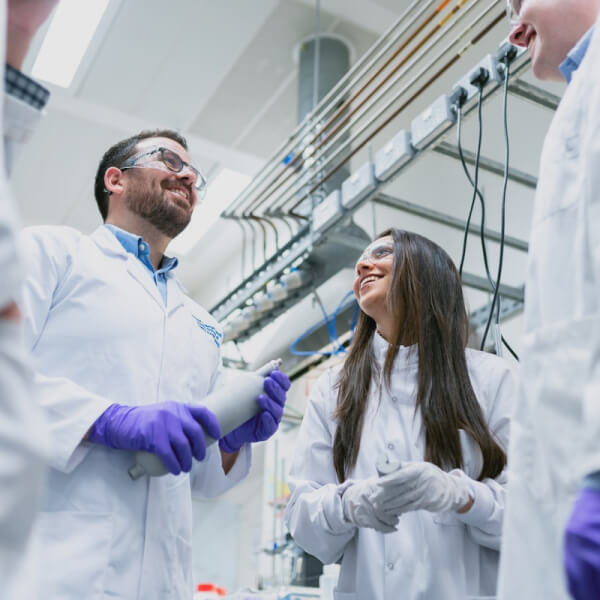
Potential surrogate quantitative immunomodulatory potency assay for monitoring human umbilical cord‐derived mesenchymal stem cells production
Sen‐Wen Teng Hsin‐Yu Sung Yu‐Chieh Wen Ssu‐Yu Chen Ronald Lovel Wen‐Ying Chang Tang Bo‐Chung Wu Yogi Cheng‐Yo Hsuan Willie Lin Abstract Mesenchymal stem cells (MSCs) play an important role as immune modulator through interaction with several immune cells, including macrophages. In this study, the immunomodulatory potency of human umbilical cord‐derived mesenchymal stem cells (hUC‐MSCs) was demonstrated in the in vivo middle cerebral artery



